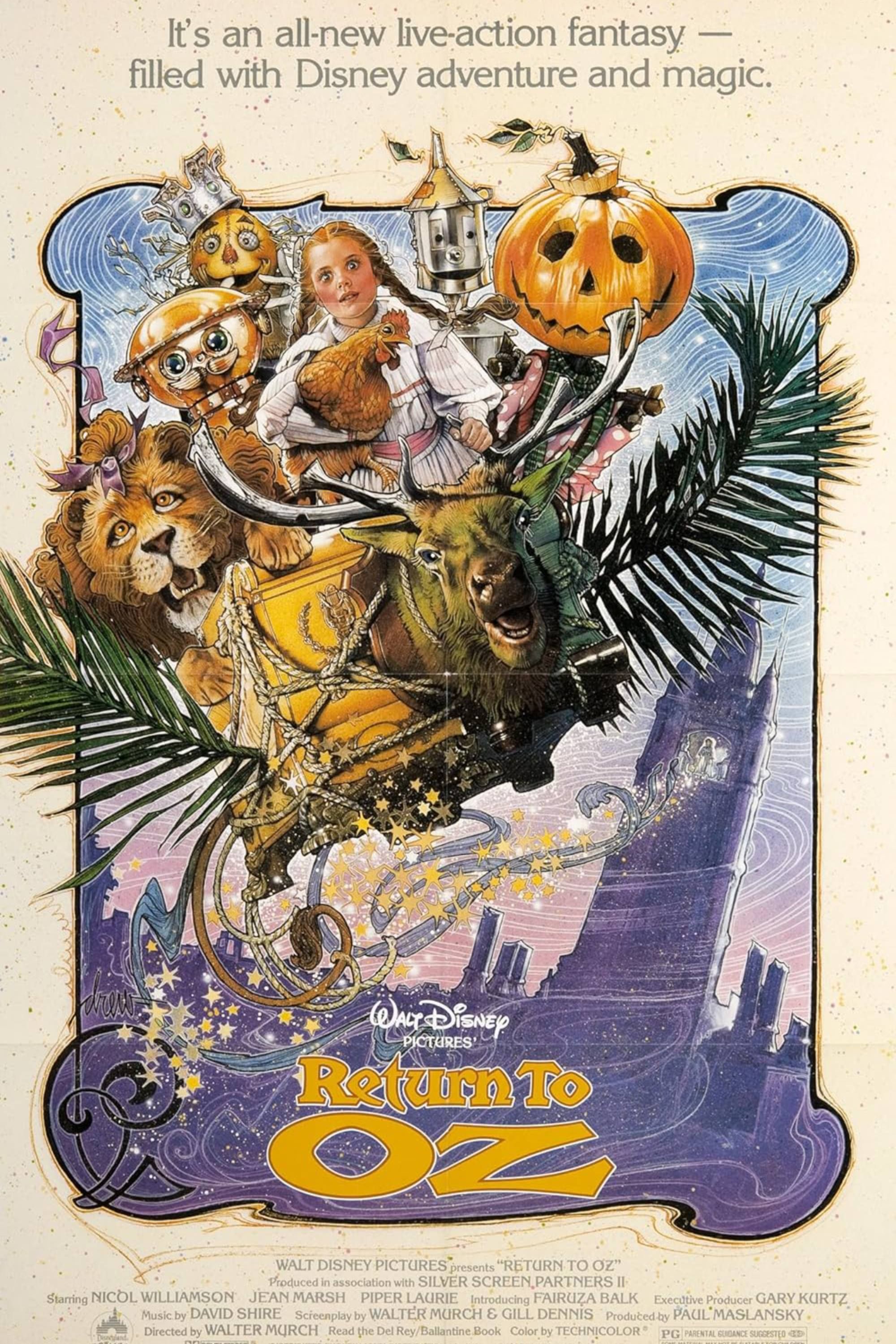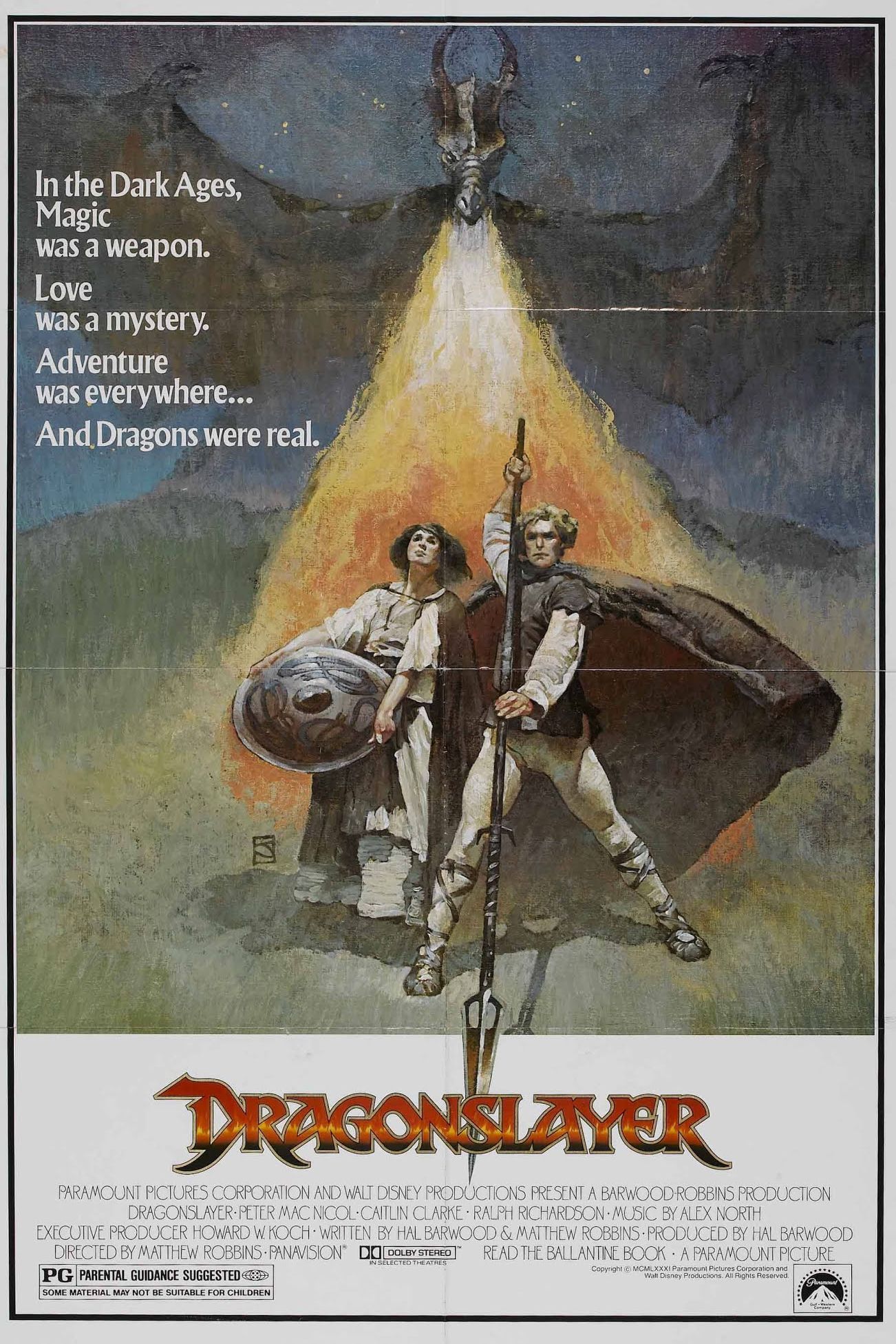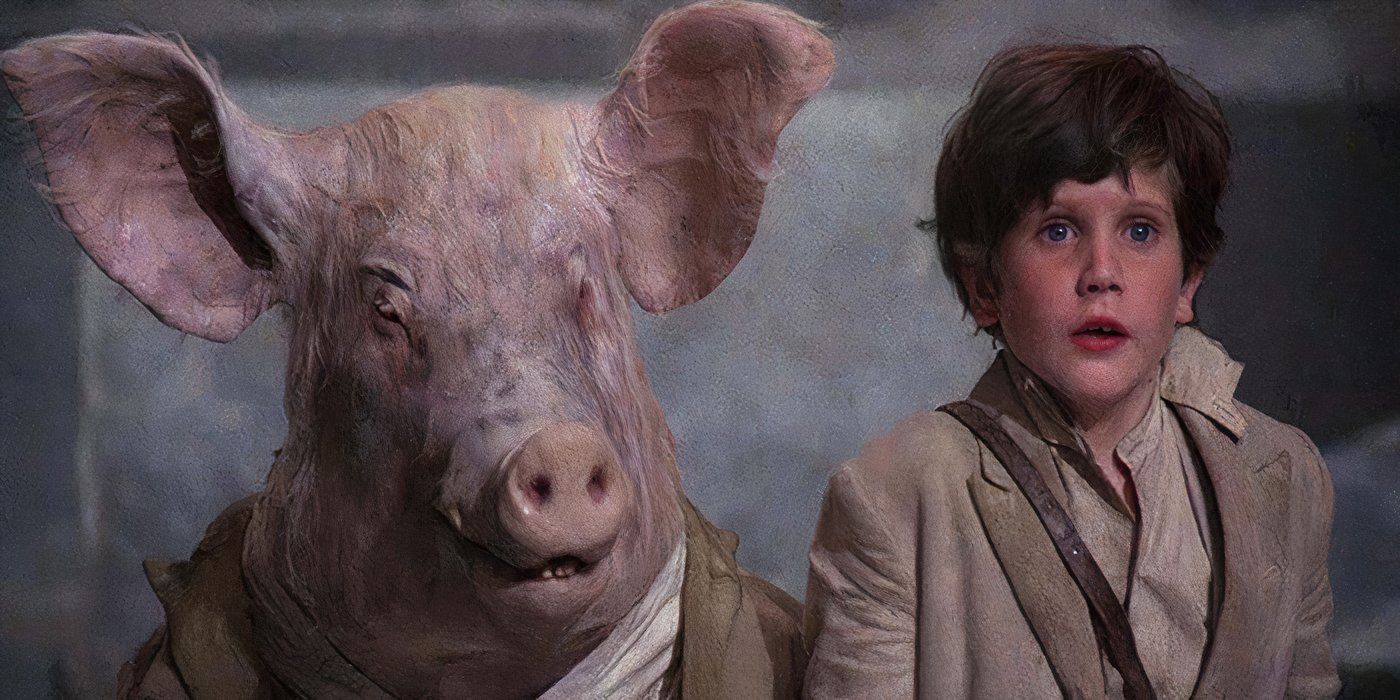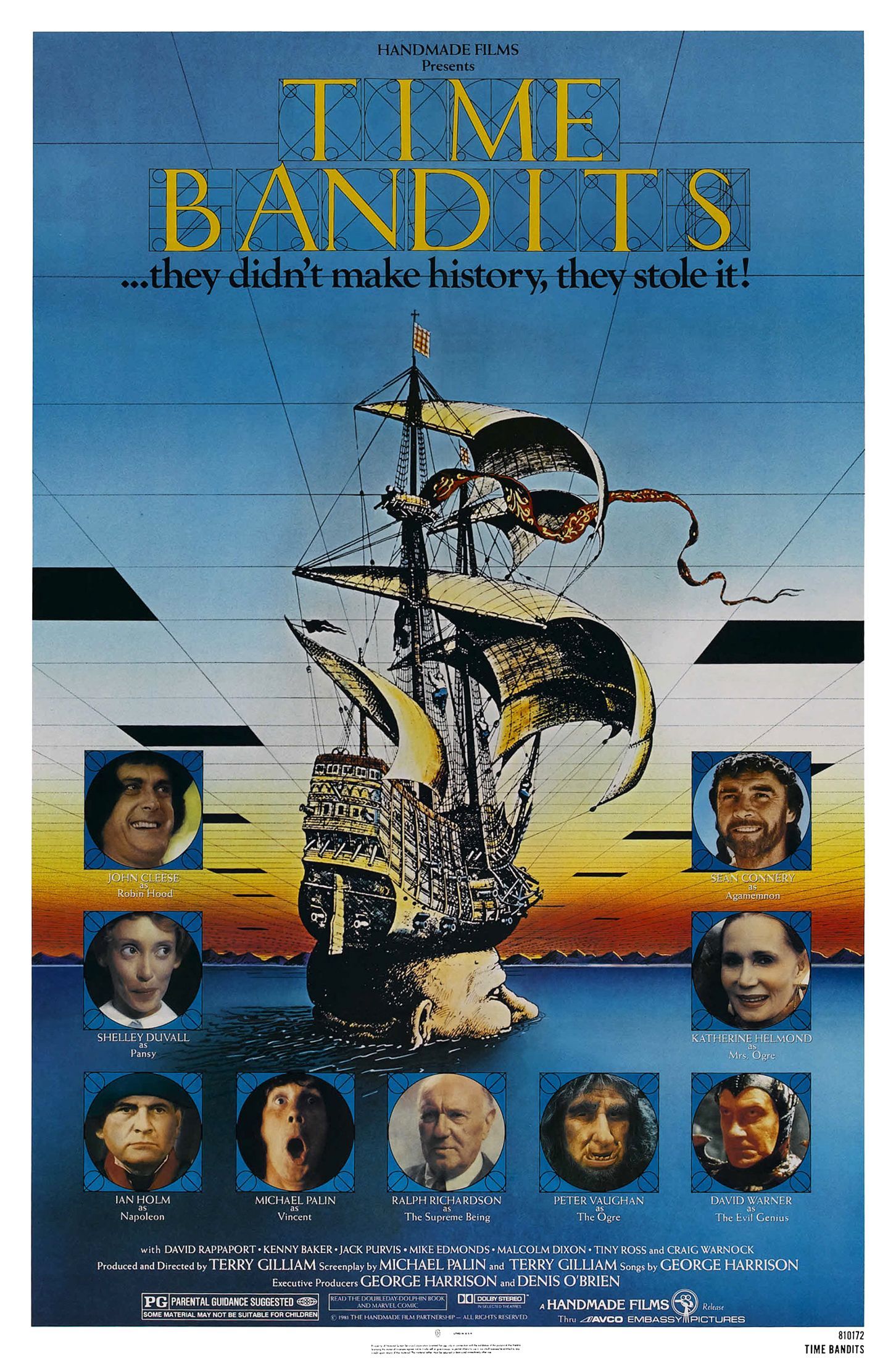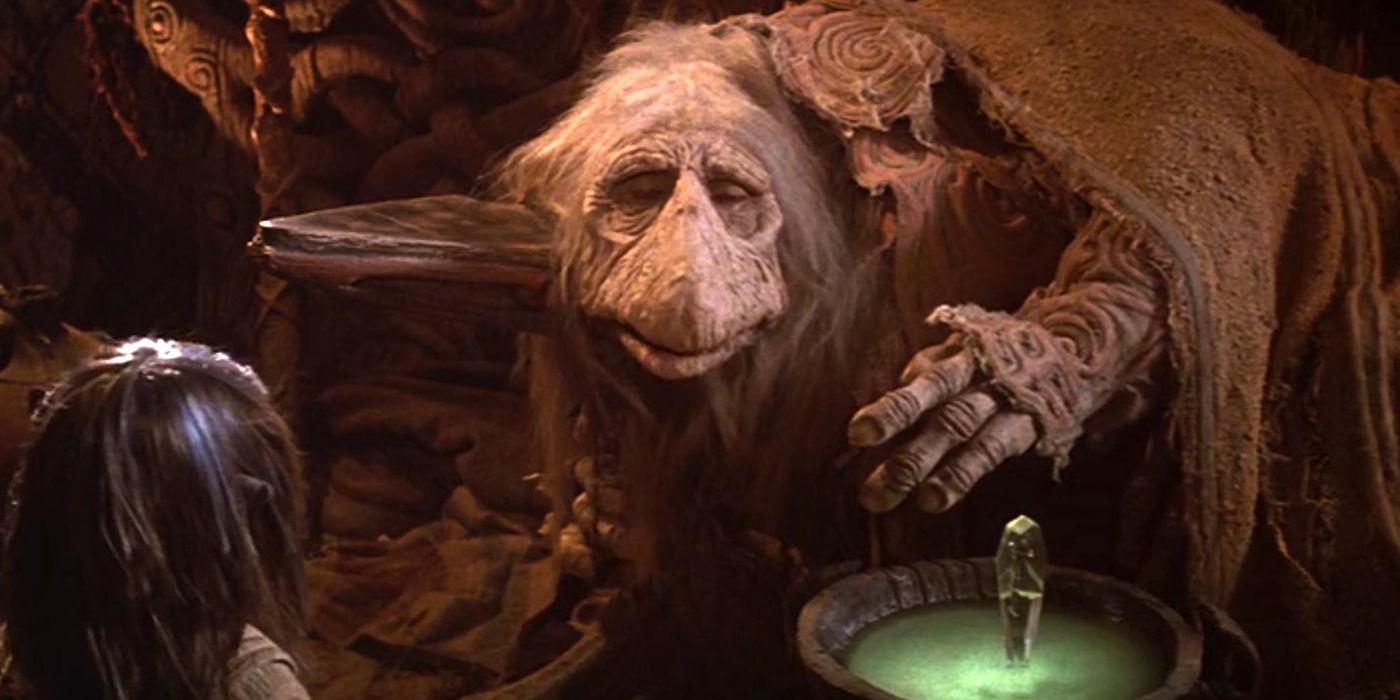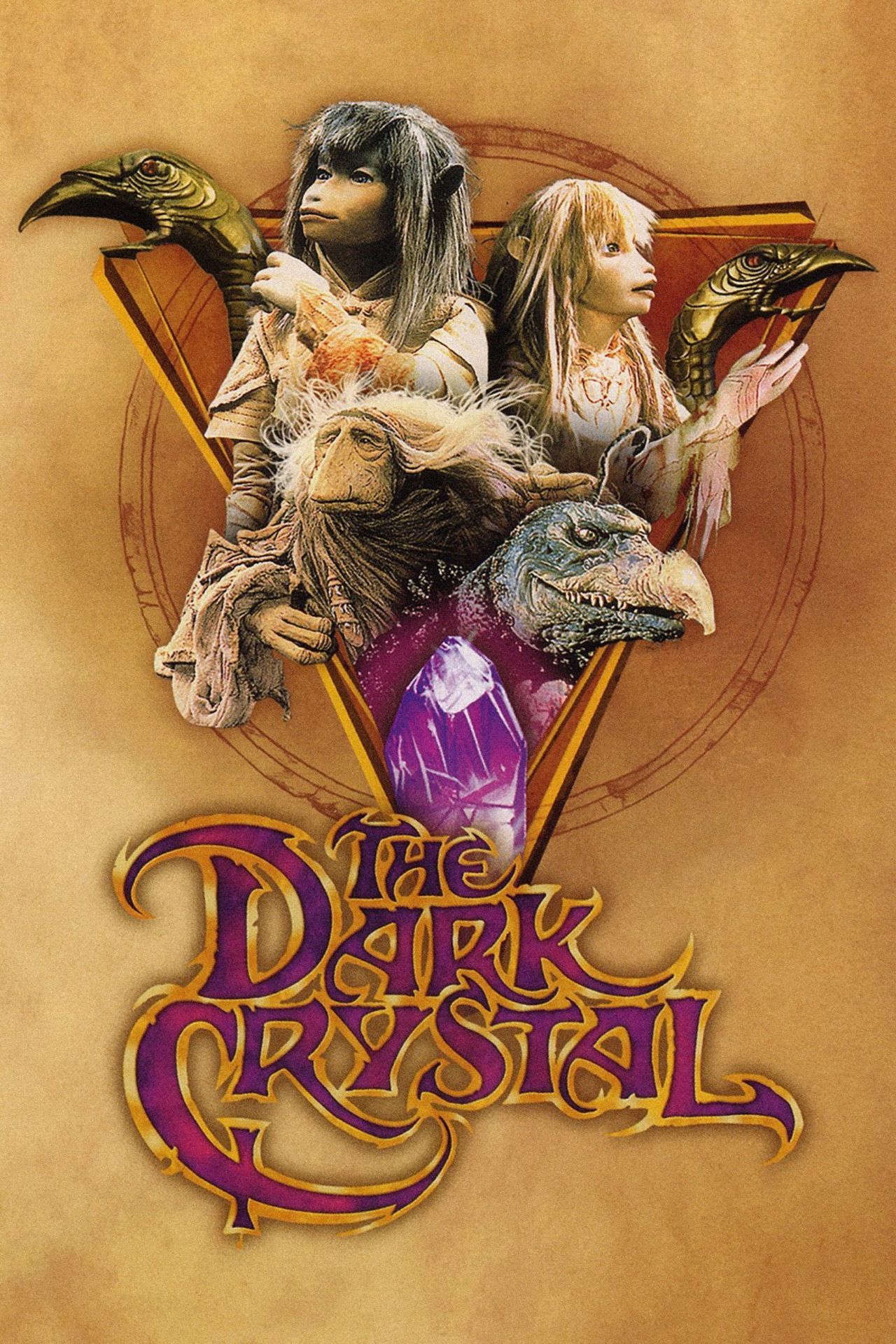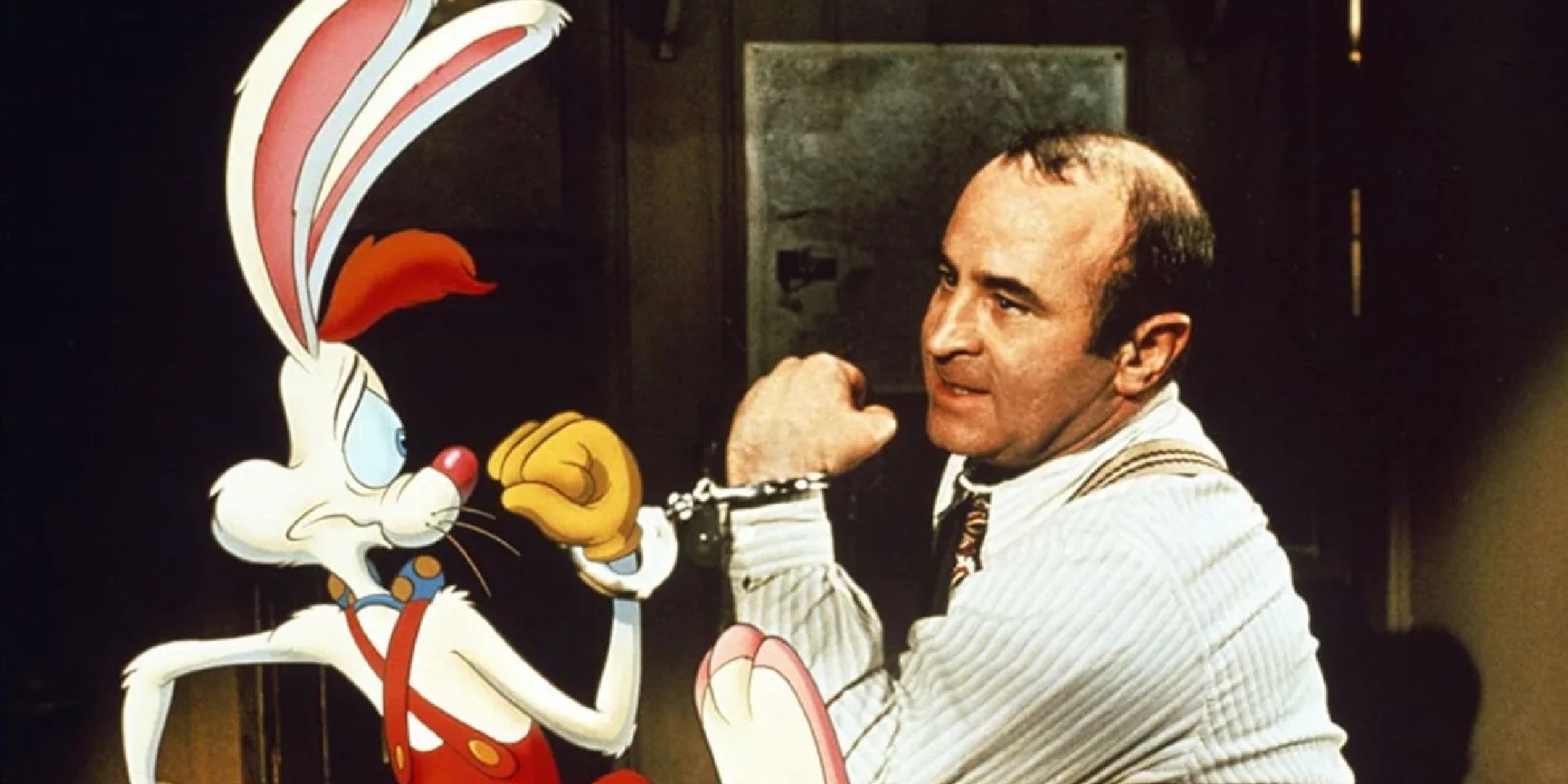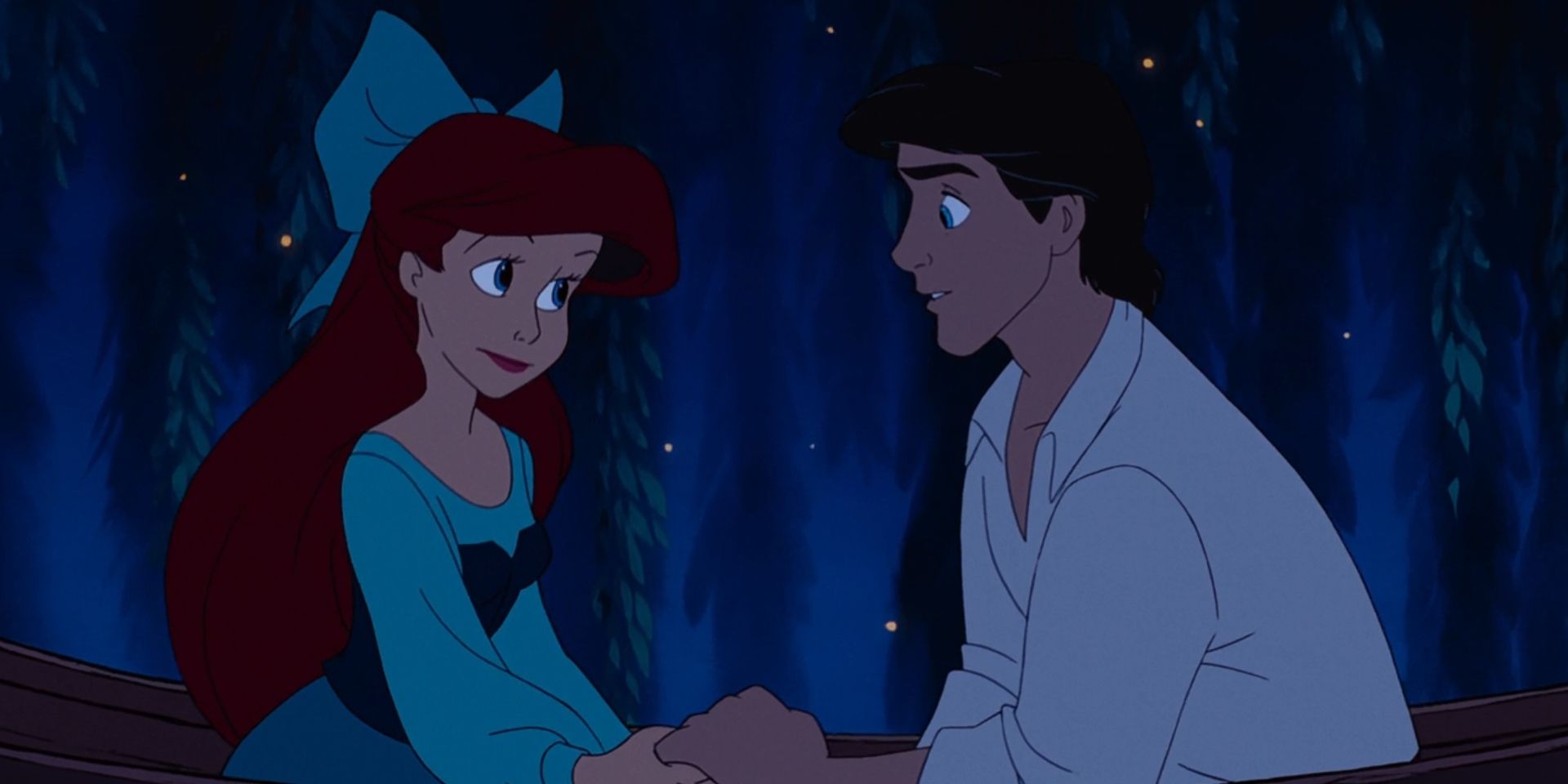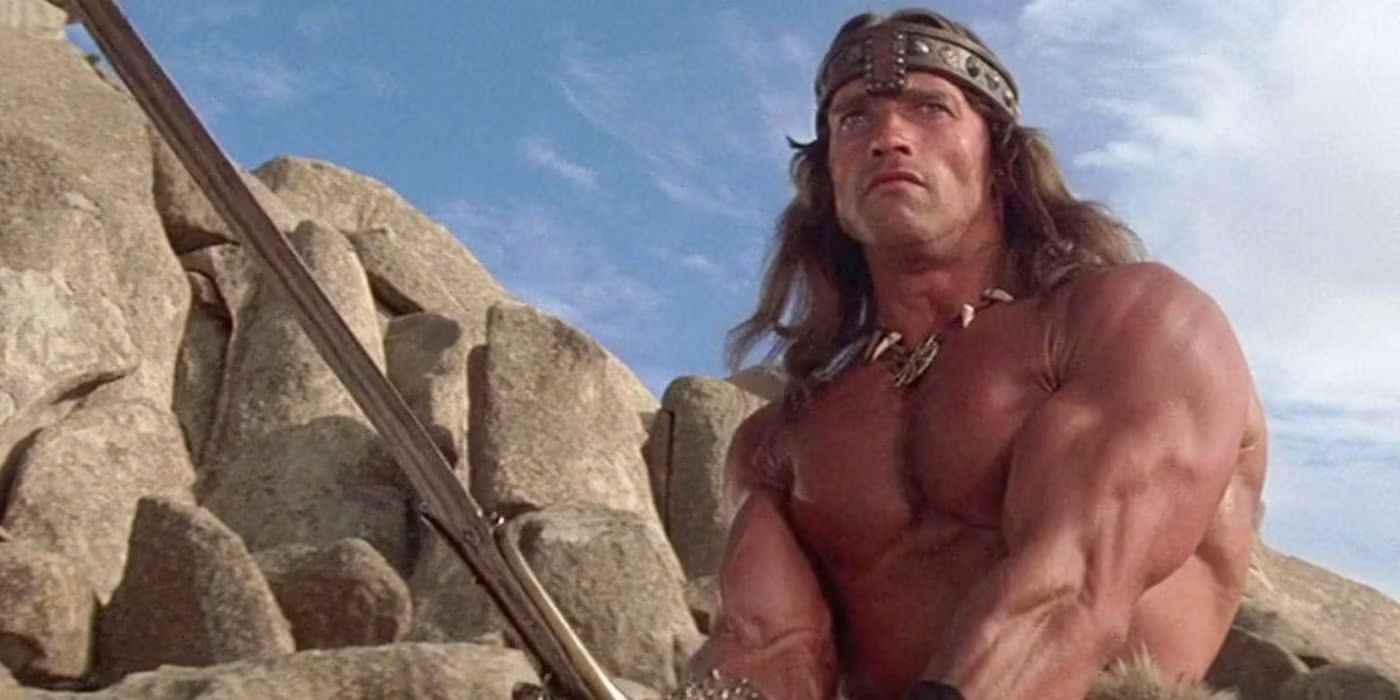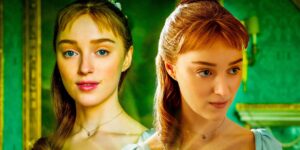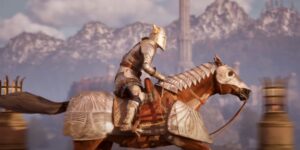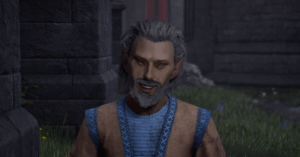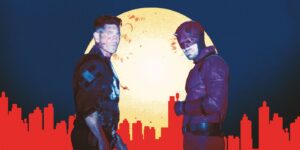As a Fantasy Fan, I Am Thankful That the ’80s Produced These 10 Game-Changing Movies

The 1980s were a phenomenal time for fantasy films. The back-to-back historical cultural juggernauts of Star Wars Episode IV – A New Hope and Superman: The Movie, and the growing popularity of Dungeons & Dragons, showed that audiences were willing to support more fantastical stories. Unlike many fantasy films of the past, which were more focused on adventure and heroics, 1980s fantasy tended to be darker, with grittier deaths, melancholic and complicated themes, and characters that shook up the idea of the classical hero.
This era also saw increased film budgets and new, experimental technology. These additions allowed fantasy worlds to come to life like never before through fantastical sets, detailed prosthetics and costumes, and various effects that could bring iconic monsters to life like never before. As a lifelong fantasy fan, I believe few decades have been more important to the genre than the ’80s. Indeed, fantasy thrived throughout those precious ten years, and this list will address the most impactful movies in that seminal period.
10
‘Return to Oz’ (1985)
Directed by Walter Murch
After returning home from Oz, Dorothy Gale (Fairuza Balk) is placed in a sanatorium to cure her obsession with the mystical land, but is rescued by another young girl (Emma Ridley) before she can receive electroshock therapy. She returns to Oz with her pet chicken, Billina (Denise Bryer), only to find the Emerald City stripped of its emeralds, its inhabitants turned to stone, and its streets patrolled by terrifying creatures called Wheelers. Teaming up with a mechanical soldier named Tik-Tok (Sean Barrett), Dorothy goes in search of her friend, the Scarecrow (Justin Case), who is being held prisoner by Oz’s conqueror, the Nome King (Nicol Williamson).
Return to Oz is an underappreciated film that is closer to the themes and tones of L. Frank Baum‘s books than the 1939 MGM classic. It’s mainly remembered for traumatizing a generation of children with its terrifying imagery, but it also contains genuine moments of wonder and compassion between Dorothy and her new friends, which all feed into the film’s themes of the escapist nature of fantasy clashing with the harsh reality of growing up. Its effects are nothing short of amazing: each of Dorothy’s friends is brought to life through phenomenal puppetry courtesy of The Jim Henson Company, and the Nome King and his minions are brought to life by the master of claymation himself, Will Vinton.
9
‘Dragonslayer’ (1981)
Directed by Matthew Robbins
The kingdom of Urland is plagued by the ancient dragon Vermithrax Pejorative, forcing King Casiodorus (Peter Eyre) to sacrifice young maidens to appease its hunger. Thus, an expedition led by a youth named Valerian (Caitlin Clarke) besieges the last great sorcerer, Ulrich of Cragganmore (Sir Ralph Richardson), to kill the dragon, but he dies while demonstrating his powers. Fortunately, his young apprentice, Galen (Peter MacNicol), inherits Ulrich’s magic amulet and offers to kill the dragon himself.
Dragonslayer is a major departure from your typical Disney film, with morally gray characters and plenty of death and destruction. While the acting is phenomenal all around, the real star is Vermithrax, one of the greatest cinematic dragons. Its stellar reputation comes thanks to the numerous impressive effects that were used to bring it to life, from large-scale animatronics, World War II-era flamethrowers, and stop-motion by Phil Tippett using his go-motion method, which incorporated motion blurs into the animation.
8
‘Time Bandits’ (1981)
Directed by Terry Gilliam
Kevin (Craig Warnock) is a young history enthusiast living with his neglectful and materialistic parents. One night, a portal opens in his room, and he meets the Time Bandits: six dwarfs who work for the Supreme Being (Tony Jay and Sir Ralph Richardson), but have decided to steal a map through time and space to rob history blind. Kevin ends up tagging along with them as they jump to different eras, but unknown to them, the manifestation of Evil (David Warner) is watching them and hopes to acquire the map so he can escape from his prison and remake the universe as he sees fit.
Unlike its 2024 television remake, Time Bandits is brimming with creativity and thought-provoking ideas regarding materialism, the dichotomy of good and evil, and the nature of freedom. The third act in the Time of Legends sees the most impressive use of effects, from Evil turning himself into a deadly carnival ride during the climactic final battle to a Giant (Ian Muir) who uses a boat as a hat. It also stands out as one of the few films where actors with dwarfism were given starring roles without resorting to excessive costumes or turning them into mythical creatures.
7
‘The NeverEnding Story’ (1984)
Directed by Wolfgang Petersen
While evading bullies on the way to school, Bastian Balthazar Bux (Barret Oliver) slips into a bookstore and takes an interest in one titled “The NeverEnding Story.” Despite the store’s owner, Mr. Coriander (Thomas Hill), warning, Bastian takes the book and reads it in the school’s attic. The story follows the hero Atreyu (Noah Hathaway) as he sets off on a quest to save the kingdom of Fantasia from an abstract force called The Nothing, but the more Bastian reads, the more real the story feels.
The effects in The NeverEnding Story demonstrate the versatility and creativity of 1980s fantasy. Puppets and animatronics are used for the majority of the creatures, while blue screen and impressive sets help to make some creatures feel larger or smaller than others. Aside from its effects, the story is also a good representation of the decade, as it combines a traditional fantasy quest with themes of depression, perseverance, and the importance of imagination.
6
‘The Secret of NIMH’ (1982)
Directed by Don Bluth
With her youngest son, Timmy (Ina Fried), sick with pneumonia, the recently widowed Mrs. Brisby (Elizabeth Hartman) is unable to move her family out of the way of the farmer’s plow. Desperate for a solution, she goes to the Great Owl (John Carradine), who tells her to seek out the rats who live in the farmer’s rosebush. Her journey leads her to discover a hidden world where science meets magic, learning more about her late husband, Jonathan, than she ever imagined.
Director Don Bluth made The Secret of NIMH to remind audiences of the beauty of hand-drawn animation at a time when it was becoming cheap and lackluster. At this, he most certainly succeeded: the film captures much of the same beauty and magic as Snow White and the Seven Dwarfs thanks to its impressive lighting effects, immersive score by Jerry Goldsmith, and facial animation so on-point you can read the character’s lips. It kickstarted Bluth’s career as a director who, for a time, challenged Disney’s monopoly on animation, and remains his masterpiece in the eyes of many fans.
5
‘The Dark Crystal’ (1982)
Directed by Jim Henson
On the dying world of Thra live two ancient races: the gentle urRu, known as Mystics, who practice shamanism to connect to the world around them, and the Skeksis, who rule Thra as decadent tyrants and use the power of the Dark Crystal to extend their lifespans. The Mystics also protect Jen (Stephen Garlick), one of the last of the Gelflings, whose people were wiped out by the Skeksis to avert a prophecy that linked a Gelfling to their doom. When the Master Mystic (Brian Muehl) dies, Jen sets off to stop the Skeksis by finding the missing shard of the Dark Crystal before the Skeksis can drain Thra’s suns to make themselves immortal.
The Dark Crystal is Jim Henson’s masterpiece, transporting audiences to a world that looks and feels truly alien, yet remains grounded thanks to its familiar hero’s journey. Every character in the film is brought to life through phenomenal puppetry and practical effects, such as the four-armed Mystics requiring one puppeteer to hunker down while a second controlled the second pair of arms, and the long-limbed Landstriders, brought to life through impressive quadrupedal stilt work. The highlights of the film’s puppetry are found in the Skeksis thanks to their grotesque designs, tremendous range of facial expressions, and varied personalities displayed through physical performances and terrific voice acting.
4
‘Who Framed Roger Rabbit’ (1988)
Directed by Robert Zemeckis
Eddie Valiant (Bob Hoskins) is a private detective living in a world with living cartoon characters, but has fallen into alcoholic cynicism after a toon killed his brother, Teddy. He is hired by producer R. K. Maroon (Alan Tilvern) to take photos of the wife of his star actor, Roger Rabbit (Charles Fleischer), playing patty cake with Marvin Acme (Stubby Kaye), the owner of Toontown. Acme is killed the next day, and Roger is the prime suspect, though he comes to Eddie pleading innocence and begs Eddie to help him clear his name.
Who Framed Roger Rabbit was not the first film to feature live actors interacting with 2D characters. However, it advanced the technique to the point that the cartoons feel like they’re physically there, thanks to how much care and detail went into the film. For example, it used wire systems to move objects that the toons would be interacting with, prop guns suspended by marionette strings that the toons would be holding, and even a device that shoots water for one scene where Roger spits some out. Animation director Richard Williams also stressed the importance of little details, like the character’s reflections appearing on reflective surfaces and even adjusting the shading based on the lighting, best seen in one famous scene where a lamp swings back and forth.
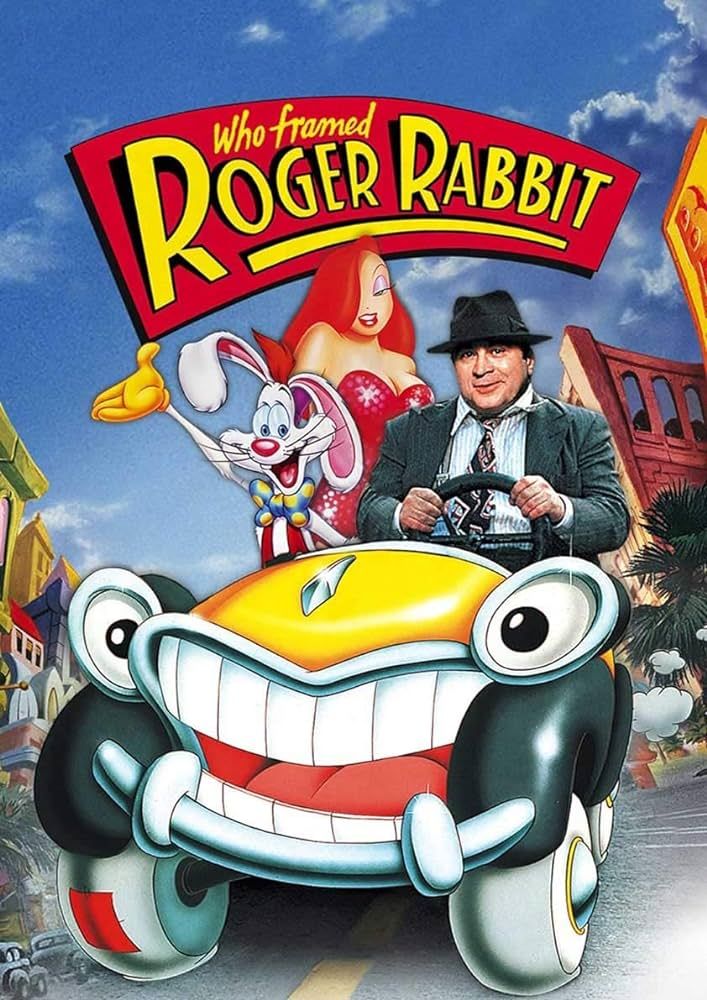
Who Framed Roger Rabbit
- Release Date
-
June 21, 1988
- Runtime
-
103
- Director
-
Robert Zemeckis
3
‘The Little Mermaid’ (1989)
Directed by John Musker and Ron Clements
Ariel (Jodi Benson) is a young mermaid obsessed with the human world, causing her to regularly disobey her father, King Triton (Kenneth Mars), by going to the surface. During one venture, she rescues Prince Eric (Christopher Daniel Barnes) when his ship is sunk during a hurricane, and becomes smitten by him. Unfortunately, Ariel is being watched by Triton’s enemy, Ursula the Sea Witch (Pat Carroll), who hopes to use Ariel as a pawn to usurp control over the ocean.
Though it came at the tail end of the 1980s, The Little Mermaid is one of the decade’s most important films thanks to its effect on the world of animation. It pulled Disney out of its dark age by returning to the company’s fairy tale roots and gorgeous hand-drawn animation, while also giving the lead characters more developed personalities than what came before. Finally, the music by Alan Menken and Howard Ashman brought Broadway flair to animation, which set the stage for the animated musicals of the 1990s.
2
‘Conan the Barbarian’ (1982)
Directed by John Milius
As a child, Conan (Jorge Sanz and Arnold Schwarzenegger) survives his village’s massacre at the hands of Thulsa Doom (James Earl Jones) and is sold into slavery, where he grows into a formidable warrior. After earning his freedom, Conan meets the thief Subotai (Gerry Lopez) and the warrior Valeria (Sandahl Bergman), and the three join forces to raid one of Doom’s temples. Their actions attract the attention of King Osric (Max von Sydow), who offers the trio great riches if they will rescue his daughter from Doom’s cult.
Conan the Barbarian was the film that solidified the aesthetic of 1980s fantasy films and set a very high bar in terms of quality. The action sequences are bloody and grounded, ensuring the audience feels every strike, and the effects of the magic and monsters are among the most memorable parts of the film due to how sparingly they’re used. Conan is also the film that kickstarted Schwarzenegger’s career as an action star by demonstrating his impressive physique and unique charisma, which would later propel him to the status of cultural icon.
1
‘The Princess Bride’ (1987)
Directed by Robert Zemeckis
To entertain his sick grandson (Fred Savage), a grandfather (Peter Falk) reads to him the story of Buttercup (Robin Wright), a young peasant woman in love with a man named Westley (Cary Elwes). When Westley leaves to see his fortune overseas, he is presumed dead when his ship is attacked by the Dread Pirate Roberts. Buttercup is later chosen as the bride of the pompous Prince Humperdinck (Chris Sarandon). However, a trio of bandits named Vizzini (Wallace Shawn), Fezzik (André the Giant), and Inigo Montoya (Mandy Patinkin) kidnap her in the hopes of starting a war.
The Princess Bride bucked the trend of dark fantasy by offering the complete opposite: something lighthearted and fun, more akin to a fairy tale that never took itself too seriously. Much of the charm comes from the combination of stellar writing peppered with quotable dialogue and a perfect cast, resulting in a wide selection of unforgettable characters. Yet no character had the same impact as Inigo Montoya, thanks to how Patinkin channelled the pain of losing his father into his character’s revenge quest, resulting in a stellar performance carried by raw emotion.


